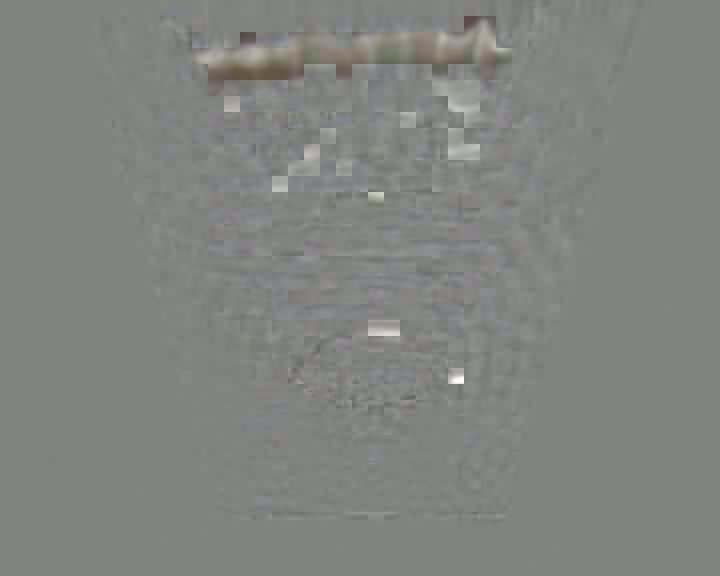Hullám törése II.
Az elhangzó szöveg
Hullámkádban 9 mm a víz mélysége. Helyezzünk el a hullámtérben egy 6 mm vastagságú bikonvex lencsét. Így fölötte más lesz a hullám terjedési sebessége. A vonalhullámok úgy haladnak tovább, hogy egy közös pontban – a fókuszban – egyesülnek. A lencse törésmutatója egynél nagyobb, hiszen a lencse fölötti tartományban a hullámhossz láthatóan kisebb, tehát a sebesség is csökken. A fókusz helyzete akkor sem változik, ha változtatjuk a hullámkeltés frekvenciáját. Ez is igazolja, hogy a terjedési sebesség nem függ a hullám frekvenciájától, nincs diszperzió.
Refraction of waves II.
In the wavetank, the depth of the water is 9 mm. Let us place a 6 mm thick biconvex lens in the wave field. As a result, the velocity of propagation will be different above the lens. The waves will propagate in such a way that they will join in a common point ─ the focal point. The refraction index of the lens is larger than one, since above the lens the wavelength is smaller and the velocity is decreasing. The position of the focal point is unchanged if the frequency of wave generation is changed. This verifies that the velocity of propagation is independent of the frequency and there is no dispersion.
